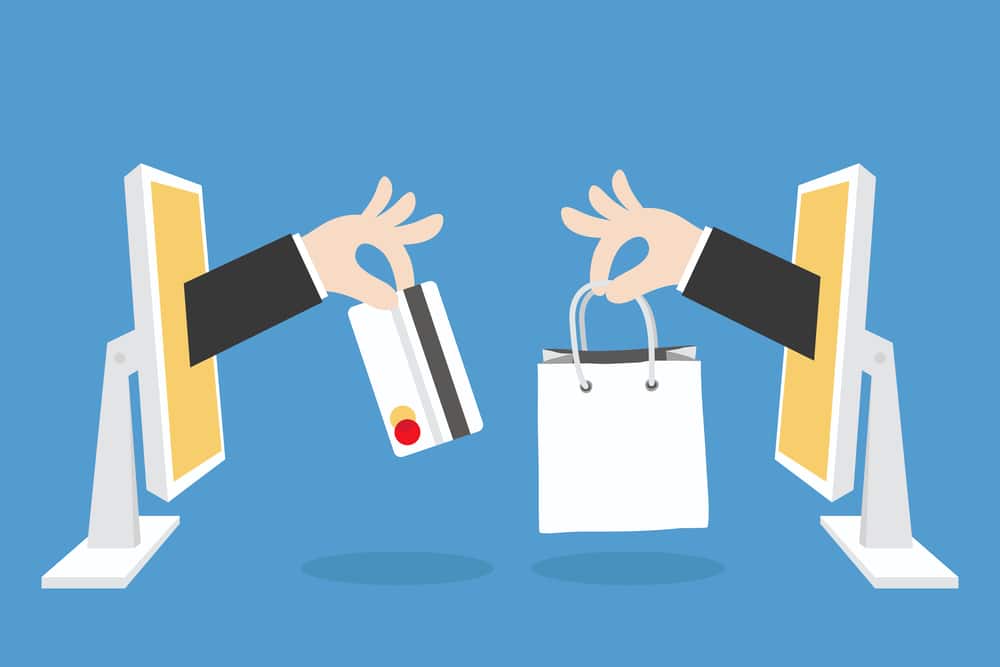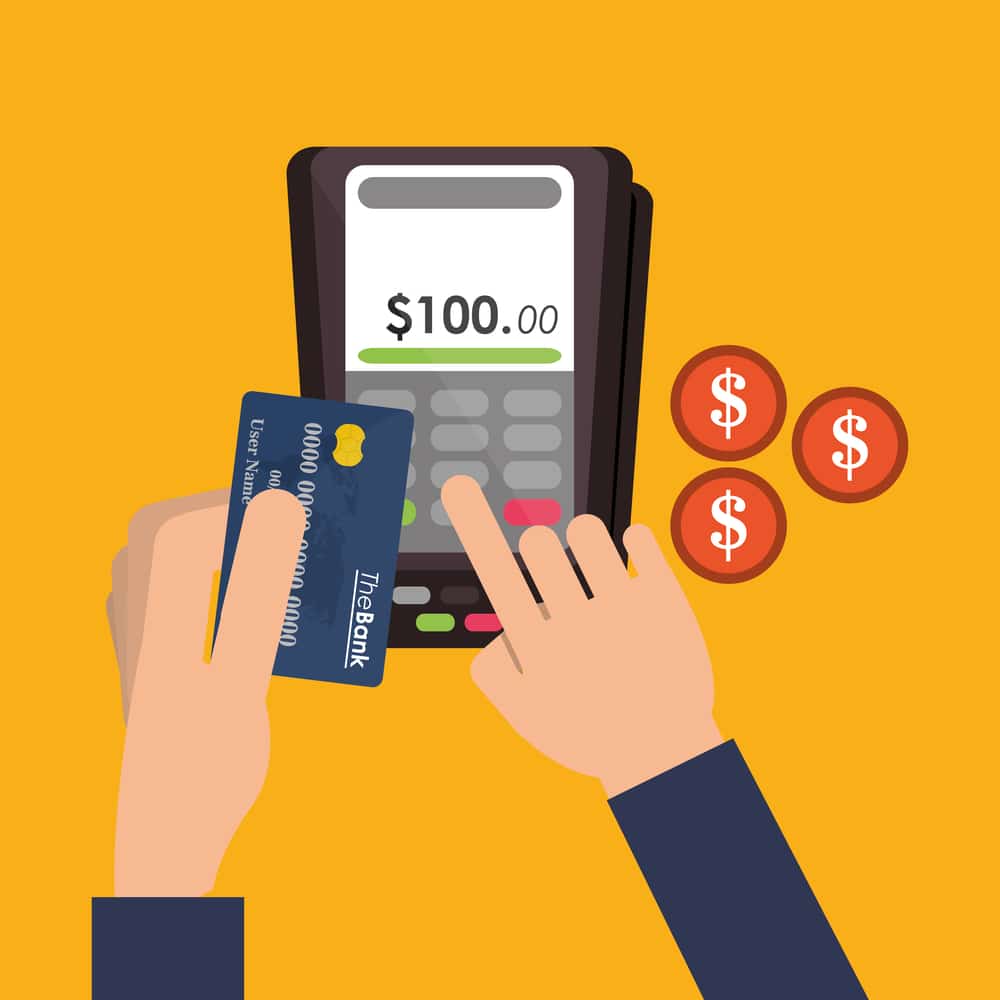The significance of e-commerce web design cannot be overstated. It serves as the virtual gateway to your business—the digital storefront where customers browse, shop, and ultimately decide to make a purchase.
Your website’s design is the first impression your brand leaves on visitors, making it a pivotal factor in determining their online shopping experience. The world of e-commerce is fiercely competitive, with countless options available to consumers at the click of a button.
In this landscape, the quality of your web design can either propel you ahead of the competition or leave you lagging behind.
Beyond aesthetics, web design wields a profound influence on your business’s bottom line. It holds the power to transform visitors into customers and casual browsers into loyal patrons. The design elements you choose—ranging from user-friendly navigation to visually captivating product pages—directly impact sales and conversion rates.
A well-crafted design enhances user trust, streamlines the purchase process, and fosters a seamless shopping journey, resulting in higher sales figures and improved conversion rates.
In this article, we will explore the intricate relationship between e-commerce web design and the ability to boost sales and conversion rates, unveiling the key strategies that can help you harness the full potential of your online store. Contact us now for more information!
Ready to supercharge your e-commerce success? Let us design a website that boosts your sales and conversions. Contact Texas Web Design today and take your business to the next level!
Key Elements of Effective E-commerce Web Design
User-Centric Design
-
Prioritizing the Customer Experience
Effective e-commerce web design places the customer at the forefront. It’s about creating an online shopping experience that not only meets but exceeds customer expectations. This means understanding user needs, preferences, and pain points.
It involves anticipating what customers are looking for, presenting products clearly, and making it easy for them to find what they want. Prioritizing the customer experience means ensuring that every aspect of the website, from layout to functionality, aligns with the goal of providing a seamless and enjoyable shopping journey.
-
Intuitive Navigation and User-Friendly Features
Intuitive navigation is the backbone of user-centric design. Visitors should be able to effortlessly move through your website, finding products and information without confusion.
This involves designing clear menus, logical category structures, and user-friendly features like search bars and filters. These features enhance the browsing experience, empowering users to discover products that match their preferences with ease.
Visual Appeal and Branding
-
The Power of Visually Engaging Product Pages
Visual appeal is a crucial element of e-commerce web design. Product pages should captivate visitors with high-quality images and multimedia that showcase products from all angles. Visually engaging layouts encourage users to explore further, and well-structured product pages with clear, concise information help users make informed purchase decisions.
-
Building Brand Trust through Design
Consistency in design elements is key to building brand trust. Your website should reflect your brand identity through colors, fonts, and overall aesthetics.
A professional and polished design instills credibility and trust in visitors. It communicates that your business is reliable and committed to delivering a quality experience, which in turn encourages customers to complete their purchases with confidence.
Seamless Checkout Process
-
Simplifying the Checkout Flow
The checkout process is a critical moment in the customer journey, and an effective e-commerce design simplifies this flow to minimize friction and cart abandonment.
This means implementing a clear, step-by-step journey for customers, eliminating unnecessary form fields, and providing transparency regarding shipping costs and delivery times.
-
Payment Options and Security
Offering a variety of secure payment options accommodates different customer preferences. It’s also vital to instill trust by displaying security certifications and trust badges prominently throughout the checkout process.
Communicating that their payment information is safe and secure is crucial for customers to complete their transactions with peace of mind.
Mobile Responsiveness
-
The Importance of Mobile-Friendly Design
As an increasing number of customers shop via mobile devices, mobile-friendly design is no longer optional.
Ensuring that your website functions seamlessly on smartphones and tablets is essential. It involves optimizing design elements for smaller screens, touch interfaces, and varying screen orientations.
-
Adapting to Mobile Shopping Trends
Mobile shopping trends evolve with the growth of mobile wallets, apps, and other innovations. Staying updated with these trends is crucial.
Implementing responsive design practices ensures that your website caters to a mobile-first audience, allowing you to capitalize on the ever-expanding mobile e-commerce market.
Optimizing Product Presentation
Effective product presentation is a cornerstone of successful e-commerce web design. It’s the art of showcasing your products in a way that entices and convinces visitors to make a purchase. To achieve this, e-commerce websites employ various strategies, each contributing to the overall presentation’s effectiveness.
High-Quality Images and Multimedia
-
The Impact of Product Imagery
High-quality product images have a profound impact on user engagement and conversion rates. Clear, detailed, and visually appealing images provide customers with a real sense of the product, allowing them to make informed decisions.
In e-commerce, where customers can’t physically touch or examine products, images serve as the primary means of evaluation. Investing in professional product photography is an investment in customer trust and sales.
-
Utilizing Videos and Interactive Content
In addition to images, videos, and interactive content, these are powerful tools for product presentation. Product videos, for example, allow customers to see the product in action, demonstrating its features and benefits.
Interactive elements, such as 360-degree product views or interactive product configurators, engage users on a deeper level, enhancing their understanding and connection with the product.
Compelling Product Descriptions
-
Persuasive Copywriting
While visuals are essential, persuasive product descriptions provide the context and narrative that images alone cannot convey. Well-crafted copywriting not only describes the product but also taps into the emotions and desires of the customer.
Effective product descriptions highlight key selling points, address potential concerns, and create a sense of urgency or desire. They help customers envision how the product will enhance their lives.
-
Highlighting Product Benefits and Features
Product descriptions should not only focus on features but also emphasize the benefits that customers will gain from the product. Customers are more interested in how a product will solve their problems or meet their needs. Effective descriptions strike a balance between explaining what the product does and why it matters to the customer.
User-Generated Content
-
Using Customer Reviews and Ratings
User-generated content, such as customer reviews and ratings, plays a pivotal role in building trust and credibility. Customers often rely on the experiences of others to inform their purchasing decisions.
Positive reviews and high ratings serve as endorsements of your product’s quality and value. Encouraging customers to leave reviews and prominently displaying them on product pages can boost confidence and conversions.
-
Building Trust through Social Proof
Beyond individual reviews, the collective social proof of many satisfied customers can have a profound impact. Statements like “Bestseller” or “Customer Favorite” indicate that a product is trusted and well-received by others. These signals of popularity and satisfaction can be persuasive factors that encourage hesitant customers to complete their purchases.
Content Marketing and E-commerce
Content marketing is a potent strategy for e-commerce websites seeking to engage customers, drive traffic, and ultimately boost conversions. By creating and strategically integrating relevant and valuable content, businesses can enhance their online presence, build authority in their niche, and guide customers through the sales funnel.
Creating Engaging Content
-
Blog Posts, Articles, and Guides
One of the fundamental elements of content marketing is producing engaging written content. Blog posts, articles, and guides serve as valuable resources for customers.
They can address common questions, provide solutions to problems, or offer insights into industry trends. Engaging written content not only informs but also captures the reader’s attention, encouraging them to explore further.
-
Content That Educates and Informs
Beyond mere promotion, effective content educates and informs customers. It should be designed to provide real value, helping customers make informed decisions.
Whether it’s in-depth product guides, how-to articles, or informative videos, content that genuinely educates demonstrates your brand’s expertise and commitment to customer success.
Integrating Content into the Sales Funnel
-
Content That Drives Traffic and Awareness
The first step in content marketing for e-commerce is creating content that attracts visitors. This can be achieved through search engine optimization (SEO) strategies that target relevant keywords and topics.
By optimizing your content for search engines, you can increase your website’s visibility, attract organic traffic, and raise awareness about your products or services.
-
Converting Visitors through Informational Content
While attracting visitors is crucial, the ultimate goal is to convert them into customers. Content can play a vital role in this conversion process.
Informational content, strategically placed at different stages of the sales funnel, can nurture leads and guide them toward making a purchase decision. This might include product comparison guides, case studies, or persuasive content that addresses objections and highlights the value of your offerings.
User-Focused Search and Navigation
User-focused search and navigation are pivotal aspects of ecommerce web design. These elements determine how effectively visitors can find products, explore your catalog, and ultimately make purchase decisions.
Simultaneously, an effective category structure simplifies product discovery and opens opportunities for cross-selling, which ultimately improves the user experience and drives conversions.
Advanced Search Functionality
-
Faceted Search and Filters
Faceted search, also known as filtered search, is a sophisticated search functionality that empowers users to refine their search results based on specific criteria.
It allows customers to narrow down their choices by applying filters such as size, color, price range, and more. Faceted search not only streamlines the shopping process but also improves user satisfaction by helping them find precisely what they’re looking for.
-
Enhancing the Search Experience
To create a seamless search experience, e-commerce websites should invest in advanced search algorithms that consider synonyms, misspellings, and product variations.
Autocomplete suggestions, predictive text, and auto-corrections can guide users and provide real-time feedback as they type their search queries.
Additionally, user-friendly error messages and a well-designed “No Results Found” page can help customers navigate effectively, even when their searches don’t yield immediate results.
Effective Category Structure
-
Organizing Products for Easy Browsing
An effective category structure is the foundation of a user-friendly e-commerce website. It involves organizing products into logical categories and subcategories.
By providing a clear and intuitive structure, you make it easier for customers to browse and discover products that align with their needs. Well-labeled categories and thoughtful organization help users find what they’re looking for without frustration.
-
Promoting Related Products and Cross-Selli
Beyond straightforward navigation, effective category structures can also serve as a strategic tool for promoting related products and cross-selling.
For example, within a category for smartphones, you can include subcategories for accessories like cases and chargers. This not only simplifies navigation but also encourages customers to explore complementary items, potentially increasing the average order value.
Final Thoughts
For businesses venturing into the world of e-commerce or those looking to revitalize their online presence, the message is clear: invest in effective web design for sustained sales and conversion growth. Your website serves as the digital face of your brand, and the impression it leaves can make or break your success in the competitive online marketplace.
Prioritizing user experience, visual appeal, and trust-building elements is an investment that pays dividends over time.
As technology and user expectations evolve, keeping your e-commerce website at the forefront of design trends and user-centric strategies is essential.
By continuously refining and optimizing your web design, you’ll not only meet the needs of your customers but also drive business growth, secure customer loyalty, and ultimately thrive in the dynamic world of ecommerce.


 Payment Options and Security
Payment Options and Security Persuasive Copywriting
Persuasive Copywriting Enhancing the Search Experience
Enhancing the Search Experience